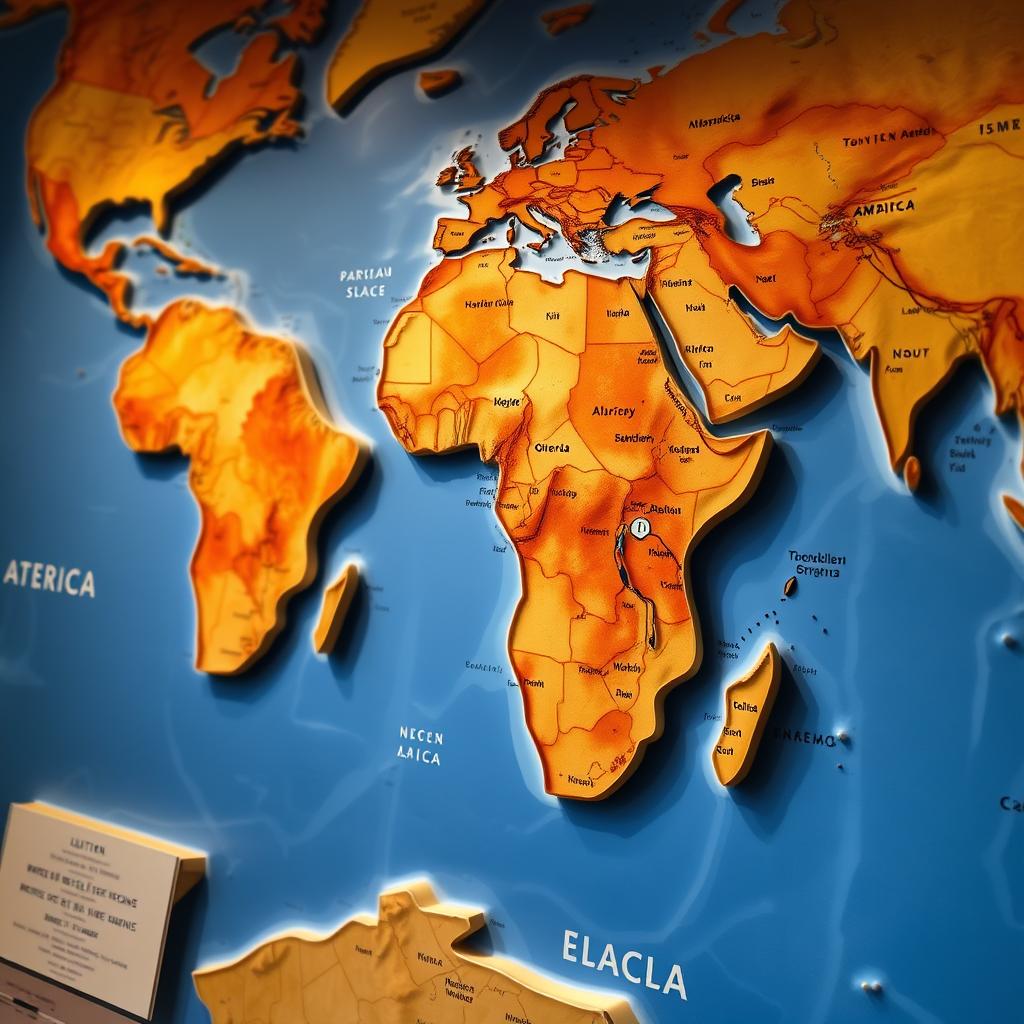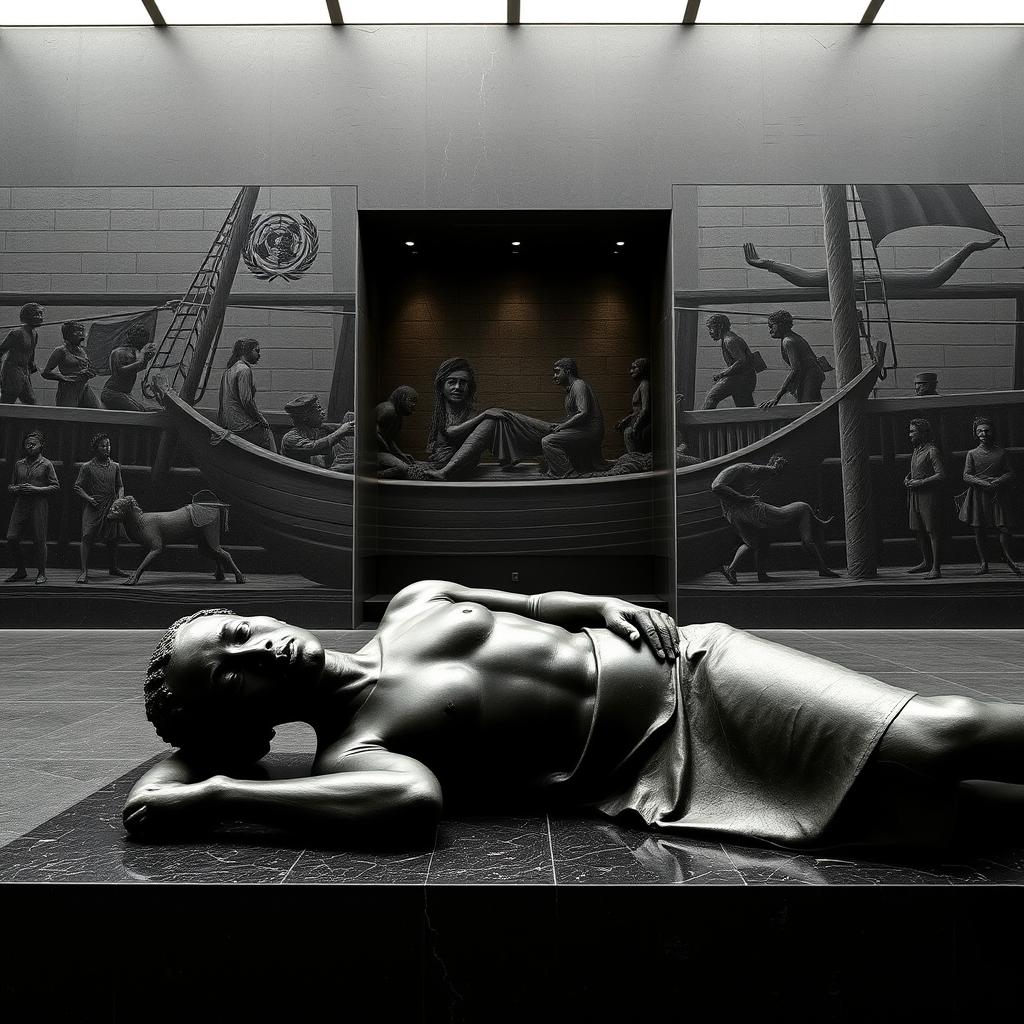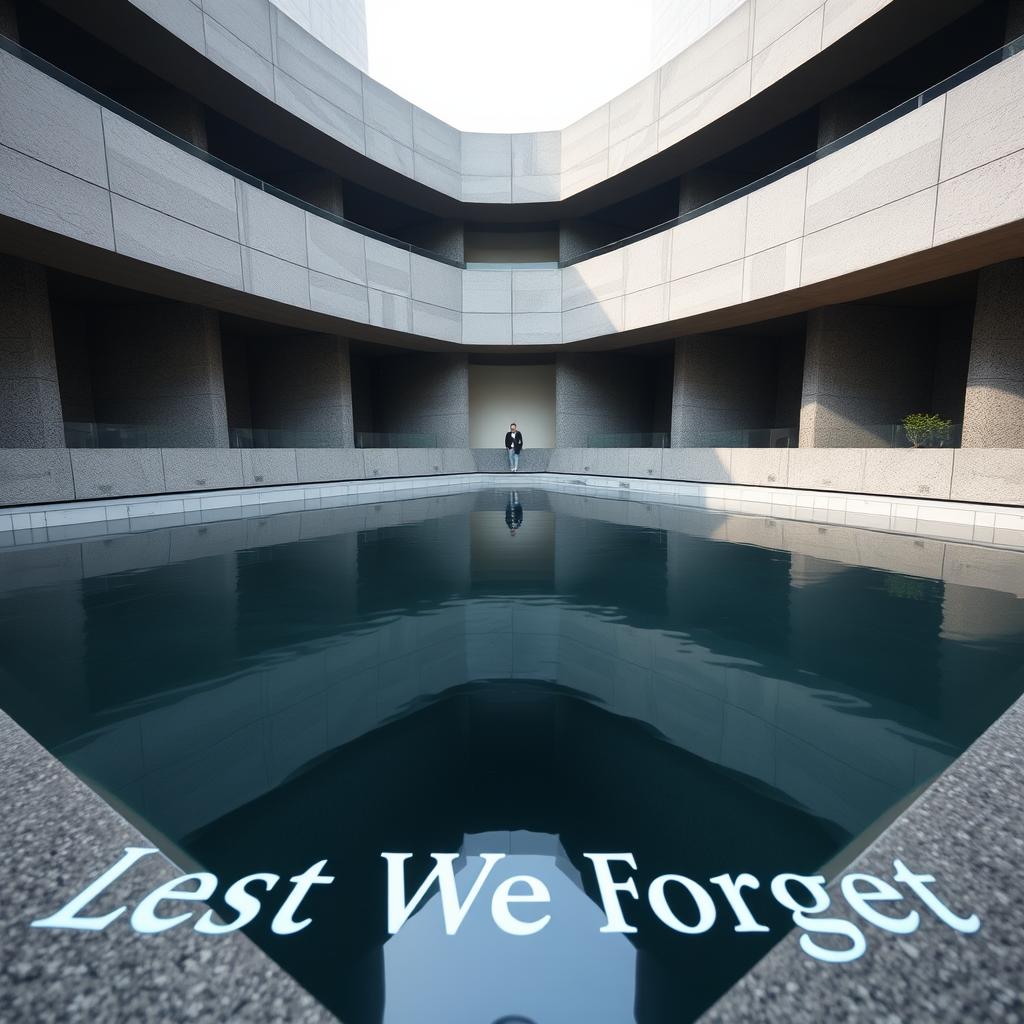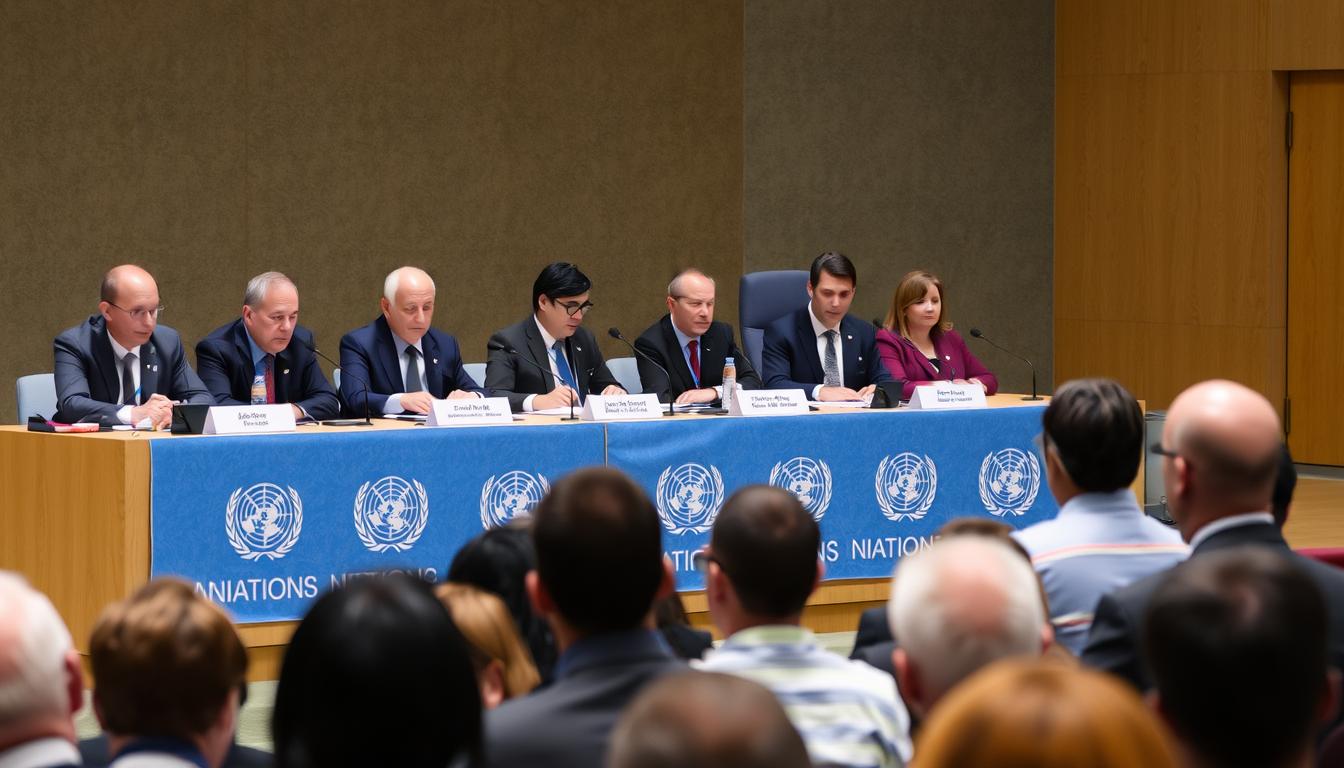United Nations Slavery Memorial: A Global Symbol of Remembrance and Reflection
Standing prominently at the United Nations Visitors Plaza in New York City, the United Nations Slavery Memorial serves as a powerful reminder of one of humanity's darkest chapters. Known officially as "The Ark of Return," this striking monument honors the millions of victims of slavery and the transatlantic slave trade while inviting visitors to reflect on this tragic history and its lasting impact on our world today.

The Ark of Return: United Nations Slavery Memorial at the UN Headquarters in New York
Historical Context: Remembering the Transatlantic Slave Trade
Over four centuries, more than 18 million people were forcibly removed from Africa to the Americas and Europe through the transatlantic slave trade. Countless individuals perished during the horrific Middle Passage, while survivors faced cruel treatment and inhumane conditions on plantations throughout the Americas and Caribbean.
In 2007, the United Nations General Assembly agreed to establish a Permanent Memorial at the UN Headquarters to honor these victims. This decision recognized the need to acknowledge this historical tragedy and create a space for education, reflection, and healing. The memorial stands as a testament to the resilience of those who suffered and the ongoing struggle against racism and prejudice.

The triangular transatlantic slave trade routes that the memorial commemorates
UN Secretary-General António Guterres has emphasized the memorial's importance, stating: "This memorial stands as a powerful reminder of the crimes of slavery. It ensures that the stories of millions of enslaved Africans will never be forgotten, and it reinforces our collective commitment to combat racism and prejudice in all its forms."
Explore the History Further
Discover more about the transatlantic slave trade and its impact on global history through the UN's comprehensive educational resources.
Learn About Slavery's History
The Memorial's Design: Symbolism and Meaning
In 2011, the UN and UNESCO launched a design competition for the memorial. From 310 entries across 83 countries, Haitian-American architect Rodney Leon's "The Ark of Return" was selected as the winning design. The memorial was unveiled on March 25, 2015, coinciding with the International Day of Remembrance of the Victims of Slavery and the Transatlantic Slave Trade.
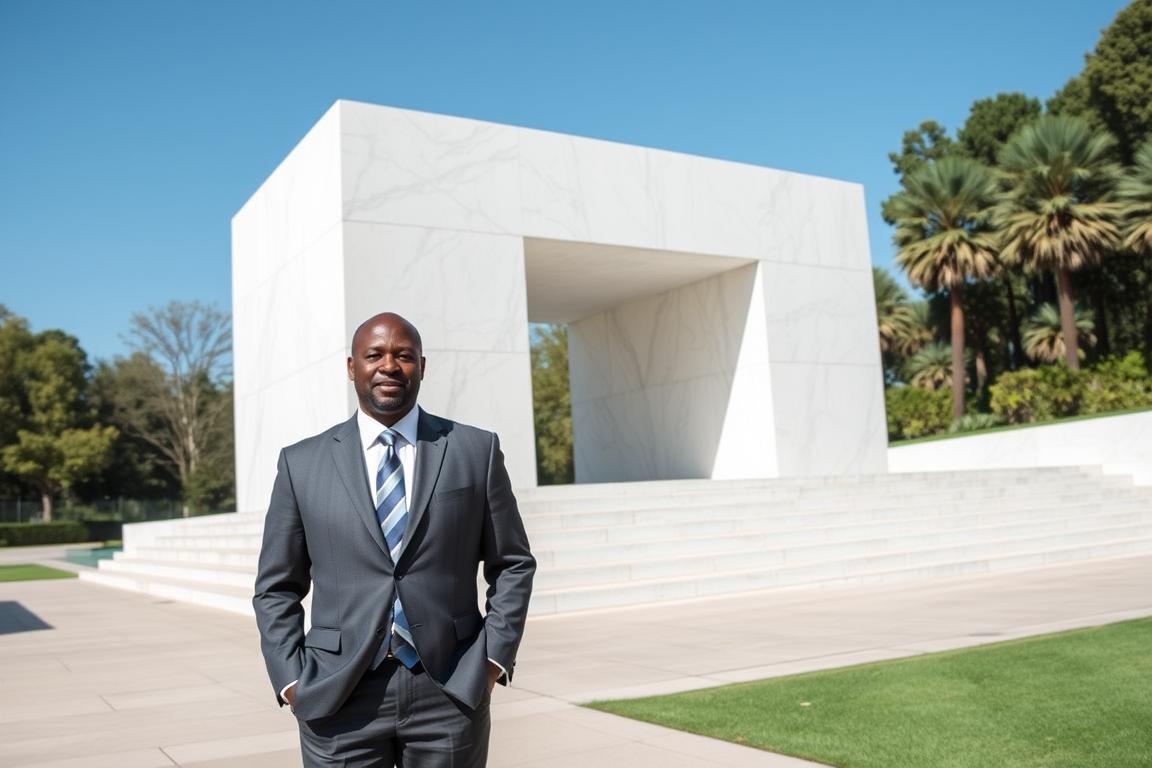
Architect Rodney Leon with his creation, the United Nations Slavery Memorial
The memorial's design is rich with symbolism. Constructed from white marble, the 30-foot tall triangular structure evokes the shape of a slave ship while representing the triangular trade routes between Africa, the Americas, and Europe. Visitors can walk through the memorial, symbolically retracing the journey of enslaved people.
Three Key Elements of the Memorial
Acknowledge the Tragedy
A three-dimensional map depicting the global scale of the triangular slave trade, helping visitors understand the vast geographical impact of this historical tragedy.
Consider the Legacy
A full-scale human figure carved from black Zimbabwe granite, lying before a wall inscribed with images of a slave ship's interior, illustrating the extreme conditions endured during the Middle Passage.
Lest We Forget
A triangular reflecting pool where visitors can honor the memory of the millions of souls who were lost, providing a space for contemplation and remembrance.
The memorial's name, "The Ark of Return," creates a powerful counterpoint to the "Door of No Return" at the House of Slaves on Gorée Island, Senegal, where captured Africans took their final steps on African soil before being transported across the Atlantic.

Visitors experiencing the memorial's symbolic journey through history
"The Ark of Return serves as a reminder of the legacy of the slave trade. It provides future generations an understanding of the history and consequences of slavery and serves as an educational tool to raise awareness about the current dangers of racism, prejudice and the lingering consequences that continue to impact the descendants of the victims today."
- United Nations Permanent Memorial Committee
Modern Significance and Anti-Slavery Initiatives
The United Nations Slavery Memorial is more than a historical monument—it's a catalyst for ongoing education and action against modern forms of slavery and human trafficking. The memorial serves as a focal point for the UN's broader initiatives to combat contemporary slavery, which affects an estimated 40 million people worldwide today.
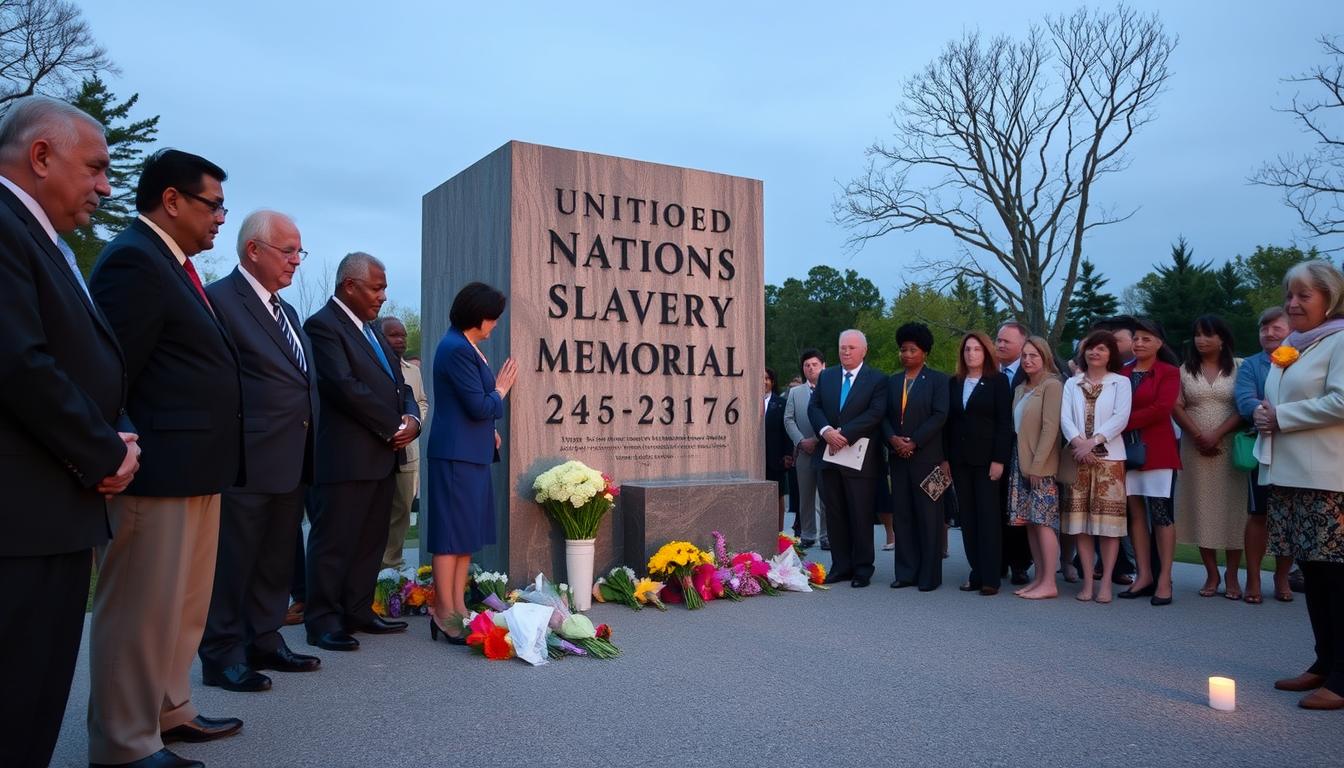
Annual commemoration ceremony at the United Nations Slavery Memorial
Each year on March 25th, the International Day of Remembrance of the Victims of Slavery and the Transatlantic Slave Trade, ceremonies are held at the memorial to honor victims and highlight ongoing anti-slavery efforts. These events bring together diplomats, survivors of modern slavery, activists, and community members in a show of global solidarity.
The memorial also serves as an educational resource for the thousands of students who visit the UN headquarters annually. Through guided tours and educational programs, young people learn about this dark chapter of history and are encouraged to become advocates for human rights and dignity.

Students learning about the memorial's significance during an educational tour
Survivor Testimonies
The memorial incorporates elements that connect historical slavery to modern human trafficking. During special exhibitions at the UN, testimonies from survivors of modern slavery are presented alongside historical accounts, creating a powerful narrative that spans centuries of human exploitation.
One such testimony comes from Shamere McKenzie, a survivor of sex trafficking in the United States who now advocates for victims: "When I stand before the Ark of Return, I feel a connection to those who suffered before me. Their strength gives me courage to speak out. This memorial reminds us that the fight for human dignity continues today."
Join the Fight Against Modern Slavery
Learn how you can support global efforts to combat human trafficking and modern forms of slavery through the UN's Blue Heart Campaign.
Support Anti-Trafficking Efforts
The Memorial's Importance for Future Generations
The United Nations Slavery Memorial stands as a bridge between past and present, connecting historical injustices to contemporary human rights challenges. For future generations, the memorial serves as both a warning about humanity's capacity for cruelty and an inspiration to build a more just world.
As former UN Secretary-General Ban Ki-moon stated at the memorial's unveiling: "This memorial is more than a symbol. It is a call to action to remember the mistakes of the past and to learn from them, and to renew our commitment to equality and dignity for all."
By acknowledging the tragedy of slavery, considering its legacy, and pledging never to forget, visitors to the United Nations Slavery Memorial participate in an ongoing global conversation about human rights, dignity, and freedom. The memorial reminds us that the struggle against racism and discrimination continues today, and that each of us has a role to play in building a more equitable world.
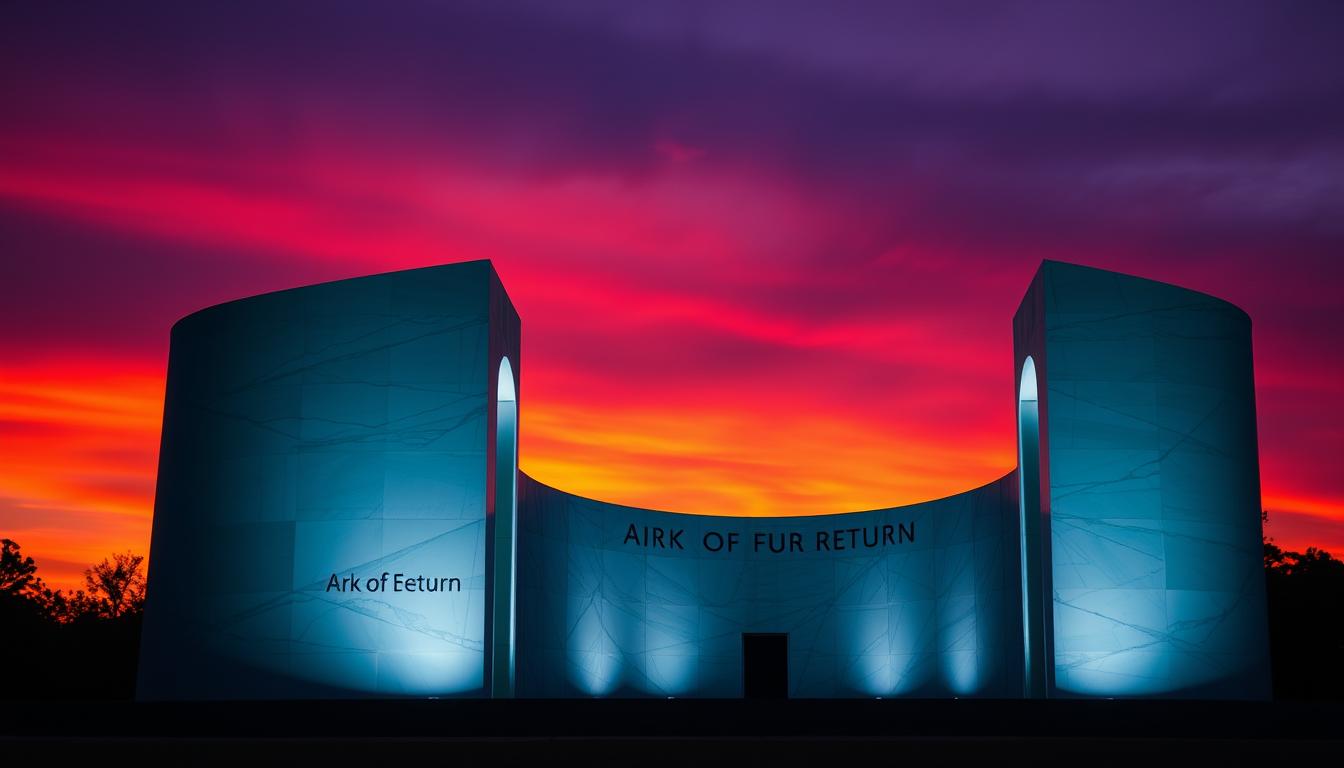
The United Nations Slavery Memorial at sunset, a beacon of remembrance and hope
Plan Your Visit to the Memorial
Experience the powerful United Nations Slavery Memorial in person and deepen your understanding of this important historical monument.
Plan Your Visit



